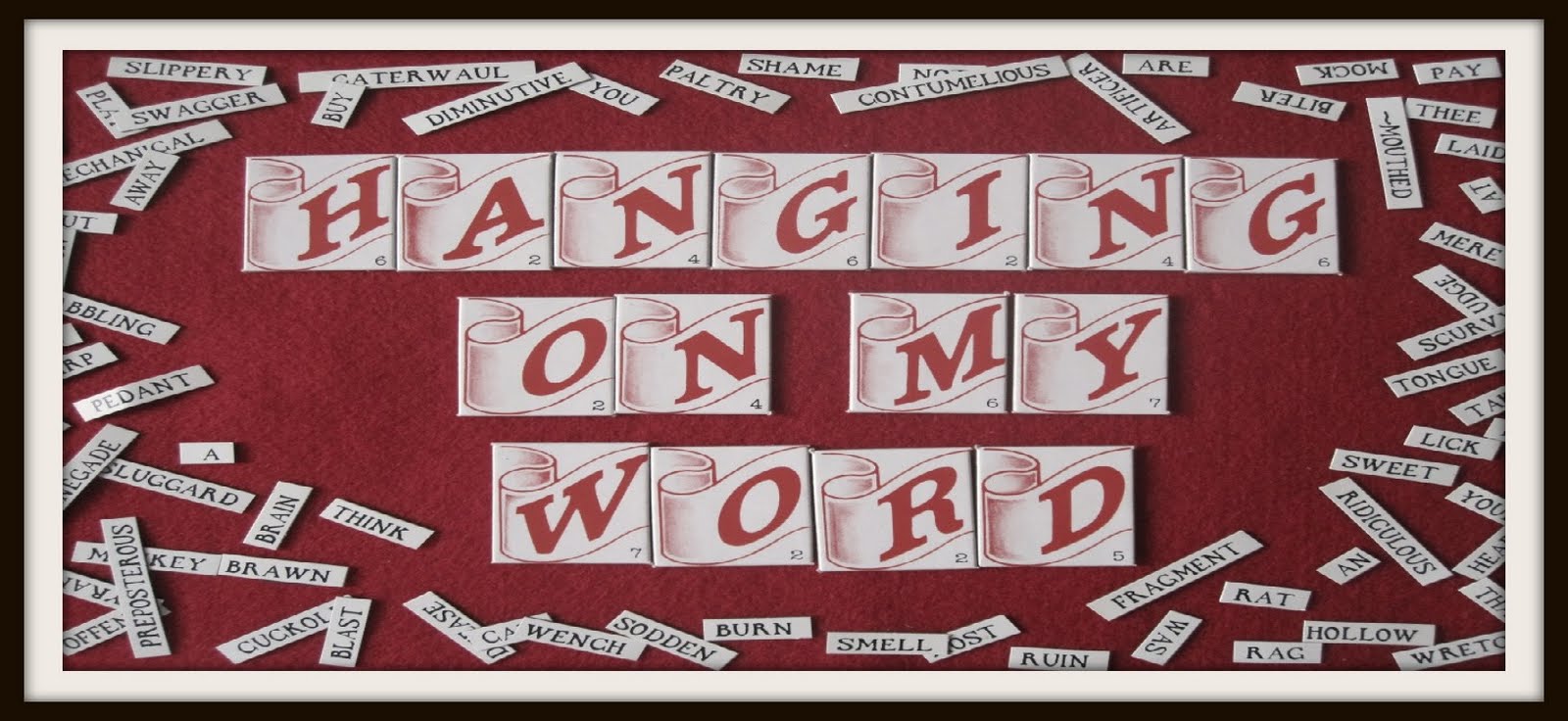A busy
market scene in Waterford, Ireland is the
Sepia Saturday prompt this week. Farmers and cattle mingle together and a van offers tea and coffee. How many of us can boast a cattle market to
share from our family albums, unless we take the alternative meaning of a ‘beauty parade’? I did find a curious cow, I had photographed in 1976 however. My daughter is being introduced to one in a field we were crossing on our way to visit the lighthouse on Anglesey, North Wales. She was still too young to know what a cow was, or to have even heard about them through nursery rhymes, (when she would learn that they jumped over the moon apparently). At this stage she was probably just wondering what this creature looming towards her actually was.
Last weekend I was back in UK and friends took us to the delightful Priory Museum in Great Malvern, Worcester (more of that in another post). Malvern was a
spa town and donkeys would be used to carry people up to the hillside springs or to survey the wonderful views from the summit. This photograph formed part of the exhibition, and although I concede that these are indeed not cows, but donkeys, I’m sure I don’t have to point out that teas were again being provided for the weary traveller. The juxtaposition of people, animals and liquid refreshment was too powerful to ignore.

It seems I like to photograph bucolic English scenes, as evidenced by the the very relaxed herd of cows in the New Forest, in 2004, and the rather fine fellow below at the
Weald and Downland Open Air Museum, near Chichester, Sussex, around about the same time.
I’m pleased to say that we were separated from him by a fence, although he didn’t look in the mood to cause trouble.
I have a copy of John Seymour’s 'Rural Life’, from the ‘Pictures From the Past’ series.
John Seymour was an historian of the countryside, and an ecological pioneer who championed the cause of living simply. His book is full of wonderful images used to illustrate his descriptions of life in the countryside of the past.
In the section on ‘Markets' he clearly regrets the modern auction mart, where animals are driven into a ring and sold by a professional auctioneer. I’m sure he would have appreciated the one in the prompt image, which he describes a ‘stock fair’, held in the market streets and to which animals were driven from the surrounding countryside. "Bargaining might go on for hours before a deal was ‘struck' by two men striking the palms of their right hands together. In the West and North*, ‘luck money’ was expected by the buyer; a pound or two was handed over by the vendor and the two of the would probably spend this in the nearest pub.”
It all sounds a very civilised and unhurried way of doing business. I expect they had time for a cup of tea or coffee from the van to help with the sobering-up process too.
We don’t have cows here in Lanzarote, but goats are farmed for cheese and meat. Camels are the traditional beasts of burden, along with donkeys, and both can still be seen, though not at our local farmers’ market. Over in the neighbouring Canary Island of Fuerteventura there’s a restaurant called The Blue Cow (Vaca Azul) in the harbour town of Cotillo. Two years ago we were having a short break to celebrate our 35th Wedding Anniversary and enjoyed the wonderful views and good food here. Although their tea and coffee is perfectly fine, you won’t be surprised to hear that on this occasion, we celebrated with something a little stronger.
It’s market day over at
Sepia Saturday so why not join us, you’re bound to find something refreshing from the man with the van.











































